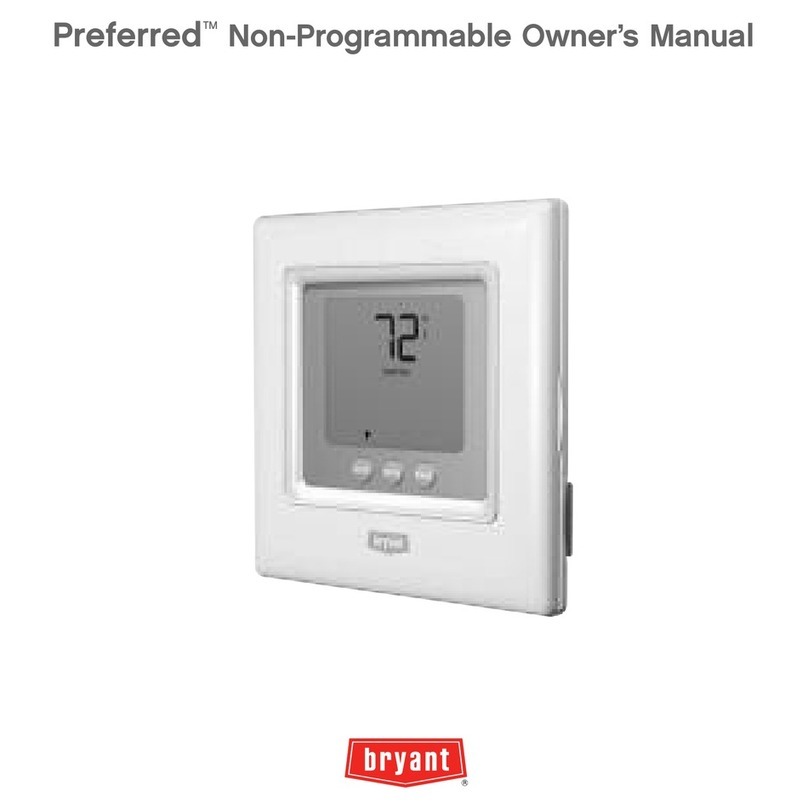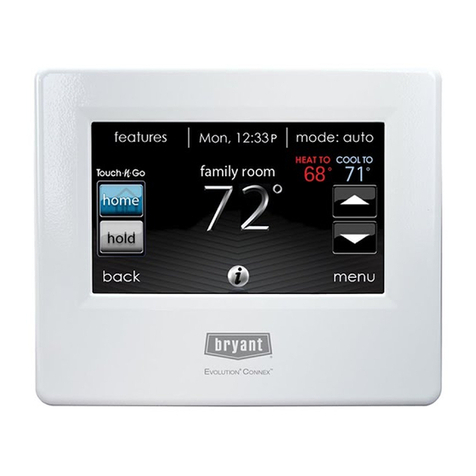TABLE OF CONTENTS (cont.)
PAGE
4.5. Mounting 13..................................................
4.5.1. Decorative Backplate 14...................................
4.6. Humidifier Connections 15......................................
4.6.1. Bypass Humidifier 15......................................
4.6.2. Fan Powered Humidifiers 15................................
5.Commissioning 16.................................................
5.1.Searching for Indoor Unit 16.....................................
5.2.Searching for Outdoor Unit 17....................................
5.3.Indoor Evaporator Selection 18...................................
5.4. Electric Heater Selection 18......................................
5.4.1. Hydronic Heat Application 19...............................
5.5. Searching SAM Module (If Applicable) 20..........................
5.6.Searching for Zones (If Applicable) 20.............................
5.7. Filter Type Selection 21.........................................
5.8. Humidifier Installation 21........................................
5.9. Ultraviolet Lights Installation 21..................................
5.10.Equipment Summary 21........................................
5.11.Airflow Verification Check 22....................................
5.12.Duct Assessment (zoning applications only) 22......................






























